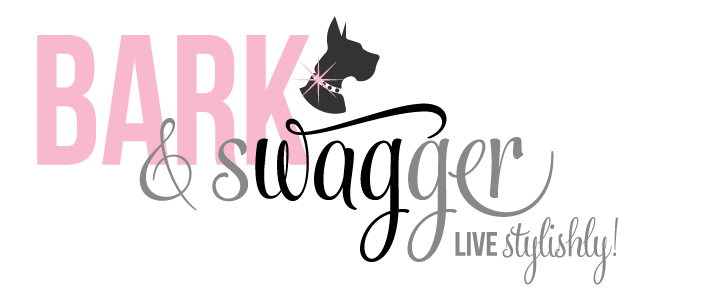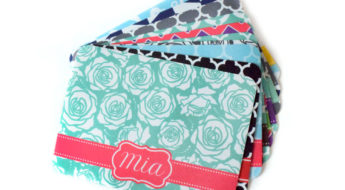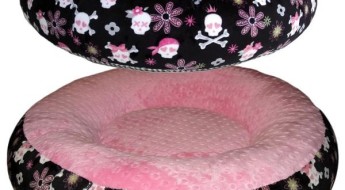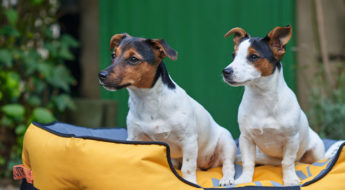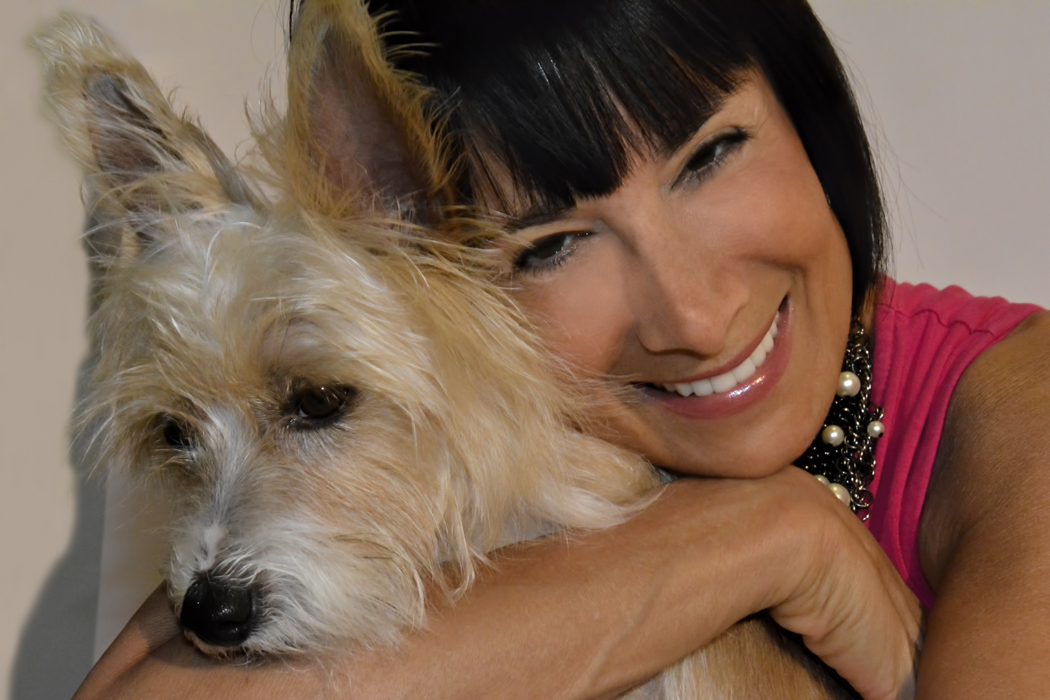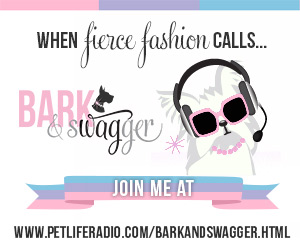New Dog Owner Checklist: Part I-The Necessities at Bark and Swagger
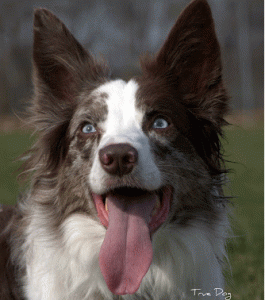 You’ve decided to add a wonderful new addition to your family, or, you’ve decided to give a dog as a gift to a deserving and responsible special someone. You’ve chosen the shelter or rescue organization you want to adopt from and you’re about to choose your new friend. Now what? If this is your or their first, a helpful new dog owner checklist will come in very handy. After growing up with many dogs and having to outfit my home many times for a new addition, I hope that experience will benefit you. The list includes the basic necessities. But, lest we forget; this IS Bark and Swagger! 🙂 So, my recommendations will be for things that are practical, that I love and that also look great!
You’ve decided to add a wonderful new addition to your family, or, you’ve decided to give a dog as a gift to a deserving and responsible special someone. You’ve chosen the shelter or rescue organization you want to adopt from and you’re about to choose your new friend. Now what? If this is your or their first, a helpful new dog owner checklist will come in very handy. After growing up with many dogs and having to outfit my home many times for a new addition, I hope that experience will benefit you. The list includes the basic necessities. But, lest we forget; this IS Bark and Swagger! 🙂 So, my recommendations will be for things that are practical, that I love and that also look great!
The New Dog Owner Checklist
- Find a good vet – ask friends with dogs or cats who they use and are they happy with them. Stop by the vet’s office before you get your dog and take a look around. Do you like the environment? Is it clean, orderly? Are the staff friendly? You might even discreetly strike up a conversation with a couple of people in the waiting area. For more tips, the ASPCA has compiled a list of questions when you’re shopping for a vet.
- Pet ID Tag – this is going to be one of the most important things you can have. It will protect your dog if he or she gets lost. There are lots of choices on the market. PetHub is my new favorite and here’s why. If your pet gets lost and they are wearing a PetHub ID tag, there are 4 ways PetHub can help you retrieve them: the person finding your dog can scan a QR code on the tag to your pet’s complete profile on PetHub; they can type in the tag’s web address to the profile, which includes everything about your dog, including any medications he may be on; they can scan the tag’s code with a newer smartphone; they can call PetHub’s 24-hr found pet hotline with a 97% success rate. And, they’ve just added the ability to track your dog using his or her DNA! No one else I know of is doing this. Once any of the above actions happen, a notification email goes out to the owner, an interactive GPS map is included of where the pet’s tag was scanned and $3000 of emergency medical pet insurance coverage is activated. That’s a pretty comprehensive package to get when you purchase an ID tag. You can find PetHub here. Also ask your vet about microchipping and/or tattooing your new dog if the shelter doesn’t already do it.
- Register your dog for a license – it’s illegal not to have one and, when you do, your dog is in the city’s database. Best bet is to look up how to register a dog for a license in your particular state and follow those instructions.
- Consider Pet Insurance – we were very happy we did. Things always go wrong, especially with puppies and older dogs. If we didn’t have our Trupanion insurance, we would have spent thousands of dollars on Sophie and our two cats’ various ailments and issues. It’s an expense worth incurring. There are lots of pet insurance companies on the market. We love Trupanion because they reimburse 90% of all coverable costs and have really been there for us with Isabel, our kitty who has intestinal lymphoma and Sophie, with her little luxating patella knee issues. You can read Isabel’s and Sophie’s stories in my post here.
- Buy a sturdy crate – dogs are den animals. They feel safe and secure in small spaces they can call their own. So whether you’re bringing home a puppy or a grown dog, making a place for them is a good idea. A puppy or adult who is not housebroken will require a crate for training. They should be able to turn around and stand up comfortably in their crate, so that’s a good thing to keep this in mind when you’re selecting one. An older dog who is housebroken may not need one as long as you create a safe place in your home with their bed and toys. My suggestion is you get a traditional crate, which you can order from Amazon (this one’s in a sweet baby blue; but other colors or black are available), and then you can get a stylish crate cover to match your home decor. Several are offered at BitchNewYork and they are machine washable.
- Buy a comfy bed – again, even more so than with crates, there are so many fantastic options for beds, in all colors, fabrics, sizes, firmness. Take into consideration the size and age of the dog. Puppies need to have a bed that fits their size, leaves a bit of room for growth and stretching out, and is made from a durable fabric. They may chew and will, undoubtedly, play on their bed. I would wait until they’ve grown to full size and settled down a bit to get that really special bed. If you’re adopting a senior dog, you’d be doing them a favor to choose a bed made for older dogs that has the kind of cushioning needed to support their joints. I like this one from Walmart, made by Midwest Pets. It’s a double thick orthopedic mattress that combines firmness for support with a cushy top for comfort.
- Get a great collar and leash – you may want to get a collar which your dog will always wear outside that has his or her license, registration, rabies tab and PetHub ID on it. Then you may want a training collar for your sessions. For a beautiful collar which you can also customize, I love Dog Collar Fancy. They have jeweled collars and harnesses that are stunning. A more masculine but still gorgeous and very unusual choice could be the Pegasus designer collar. For training purposes, I’d go with a harness or a martingale, which is sturdy and durable. Both of these come in multiple colors and sizes. I don’t like choke chains or pinch collars. My personal opinion. I feel there are so many better and less oppressive collars to train our dogs today and we know more about what is better for our dogs.
- Get great food/water bowls – You can have such fun here as there are so many adorable or plain gorgeous and cool options. I love the selection at BitchNewYork. Just a quick mention about food, as we don’t really cover that at Bark and Swagger. Please do some good research when you are choosing food for your dog. Nutrition is so important to long lasting health. I would suggest, from my own research and experience, checking out several options. I’d look into raw food, cooking for your dog and how to do that nutritionally, and into very high quality canned food and dry. Here is where it’s worth it to spend a little more to insure you’re putting the best ingredients into his or her body. It will pay dividends for years in a healthy, vibrant and happy dog.
- Toys, toys, toys – I’m the biggest softie around toys. I am constantly buying new ones for Sophie and I think it may overwhelm her sometimes. Buying 3 or 4 sturdy toys to encourage interactive and self play is a great idea, though. You might want to look at a rope tug toy, a plush toy, a non-rawhide chew toy that also isn’t so hard it can accidentally break teeth, and a vinyl toy and then experiment. You’ll see soon enough what your dog gravitates towards as favorites. Sophie loves vinyl squeaky toys, especially ones that have expanding arms or legs when you squeeze them. Check out Puprwear for a great selection of all of the above.
- Buy a baby gate, especially for puppies – this a great way to cordon off a safe area for your puppy while you’re doing something else. It gives them some room to move. You can put a wee wee pad down, a couple of toys and some water. It’s like the equivalent of a playpen for a baby. But keep an eye on your little guy and make sure the area you’ve chosen is puppy proofed. No wires along the floor they can chew, no small objects lying around they can choke on, no shoes or clothes they can ruin. You can see more about how to puppy proof your home here. Check out Amazon, which offers many choices of baby gates.
- Get some nice and healthy shampoo and conditioner – I would read ingredients and choose one that doesn’t have alcohol and sodium laurel sulfate. These are both very drying to the skin and bad for the hair. If you can afford to, buy an organic shampoo and conditioner that has oatmeal, aloe and herbs like calendula (relieves irritations), almond oil (a natural emollient so it softens and conditions), rosemary (controls dandruff and itching). I love Pure Petshampoos and conditioners. Sophie had a skin condition where she was constantly licking her fur and this shampoo was the only one out of many we tried that worked. It’s completely natural and gentle and the Pure Clover conditioner works really well with it.
- Buy grooming supplies – I’ve learned it’s best to brush your dog everyday to keep their coat from knotting (which can be painful to get out) and to keep the natural oils of the skin evenly distributed for a soft, shiny coat. I would take into consideration the kind of fur your dog has and its size. For small dogs with thin coats, buy a softer brush and stay away from metal bristles as they’re too rough. For larger dogs with thick ones that shed, especially, I like this this Conair Dog Slicker with a memory gel grip. Also buy a good pair of nail clippers for large dogs or for small dogs, as well as a metal comb. If you want to totally pamper your new dog, check out these great Dog Fashion Spa products and packages here.
- Finally, don’t forget the poop bags! 🙂 Wherever you live, I always think it’s a good idea to pick up after your dog. They have from plain to pizzazz when it comes to poop bags today so you can even match your bags to your dog’s fur or outfit!. BitchNewYork has a great selection of bags and poop bag carriers that are gorgeous!
Whew! I know I gave you a lot to think about and some suggestions of what to buy. This is a big step so think things through and take your time. If you have any questions, please reach out and I’ll help as best I can. And, if you are getting a dog with any kind of special needs, please consult your vet. I’m not a veterinarian or an expert in dog health. My suggestions come from my own experience and my research to bring you what I think are good, solid options.
Stay tuned next for some fun apparel and accessory suggestions for your new pup.
Until next time…
